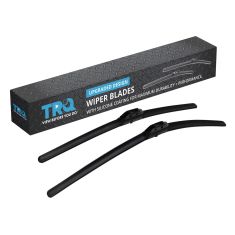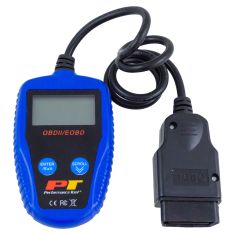1AEOS01009-Honda Acura O2 Oxygen Sensor TRQ OSA61302

Replaces
1993 Honda Civic VX L4 1.5L with California Emissions Upstream Bank 1 Sensor 1 O2 Oxygen Sensor TRQ OSA61302

Recommended for your 1993 Honda Civic
Product Reviews
Loading reviews
Customer Q&A
No questions have been asked about this item.
Honda is a registered trademark of Honda Motor Co., Ltd. 1A Auto is not affiliated with or sponsored by Honda or Honda Motor Co., Ltd.
See all trademarks.












